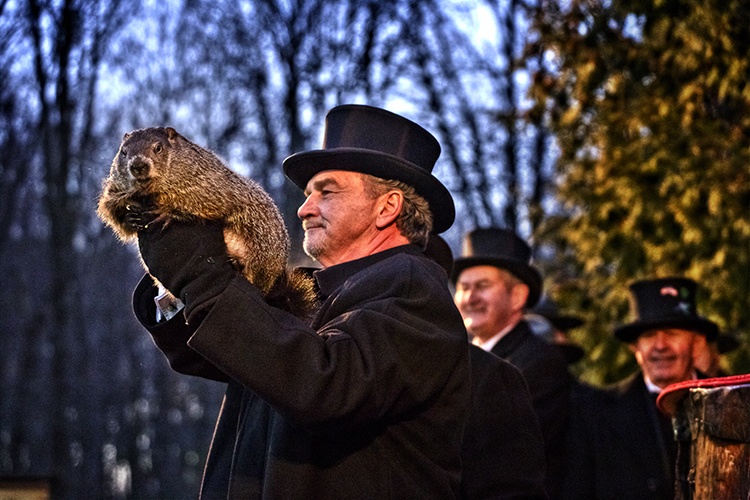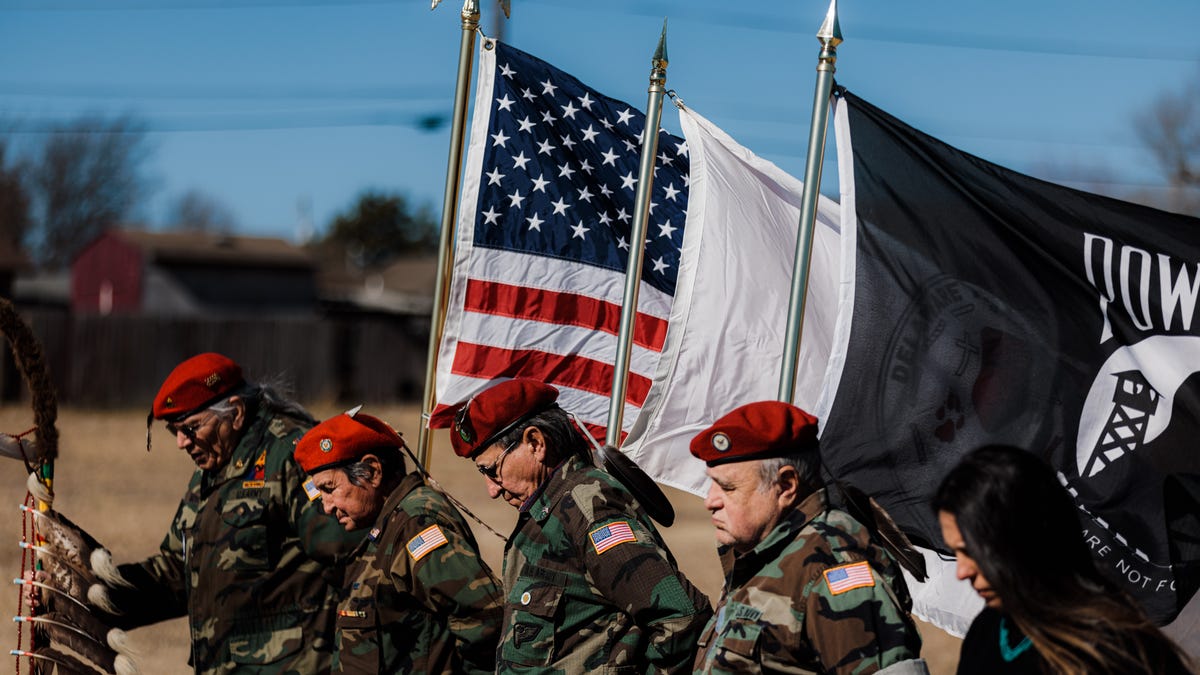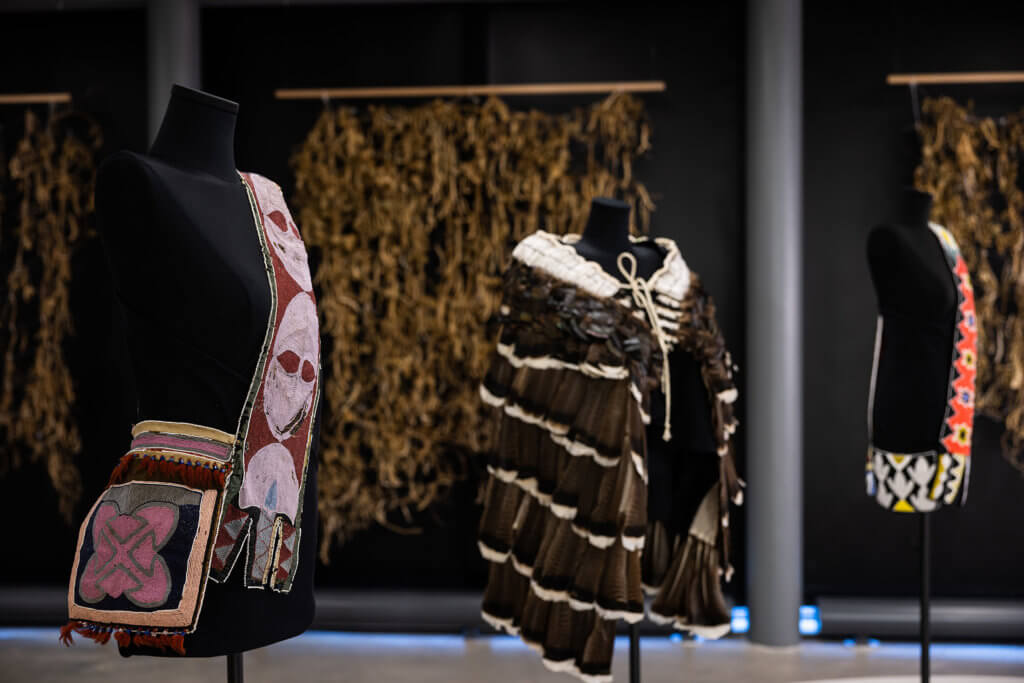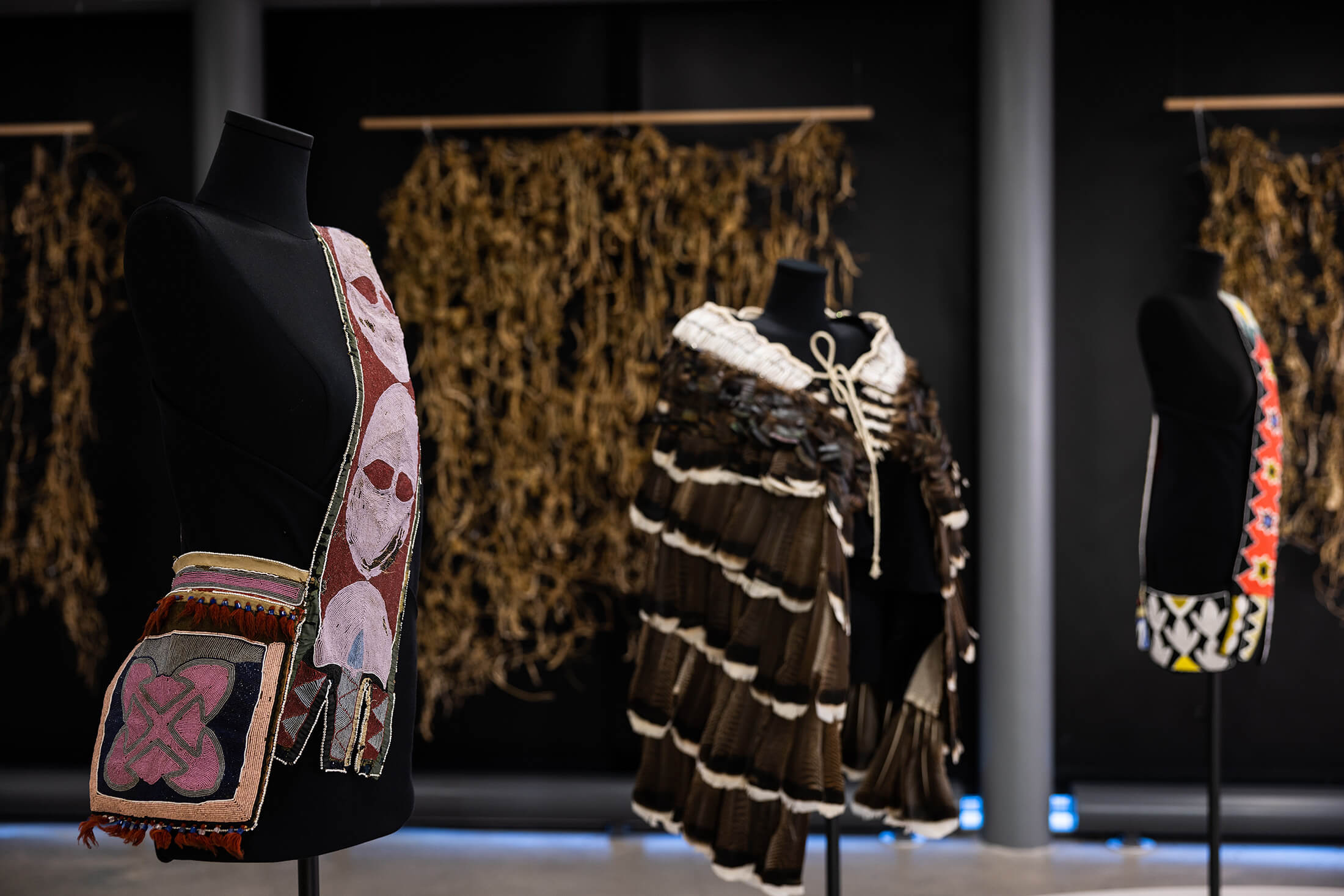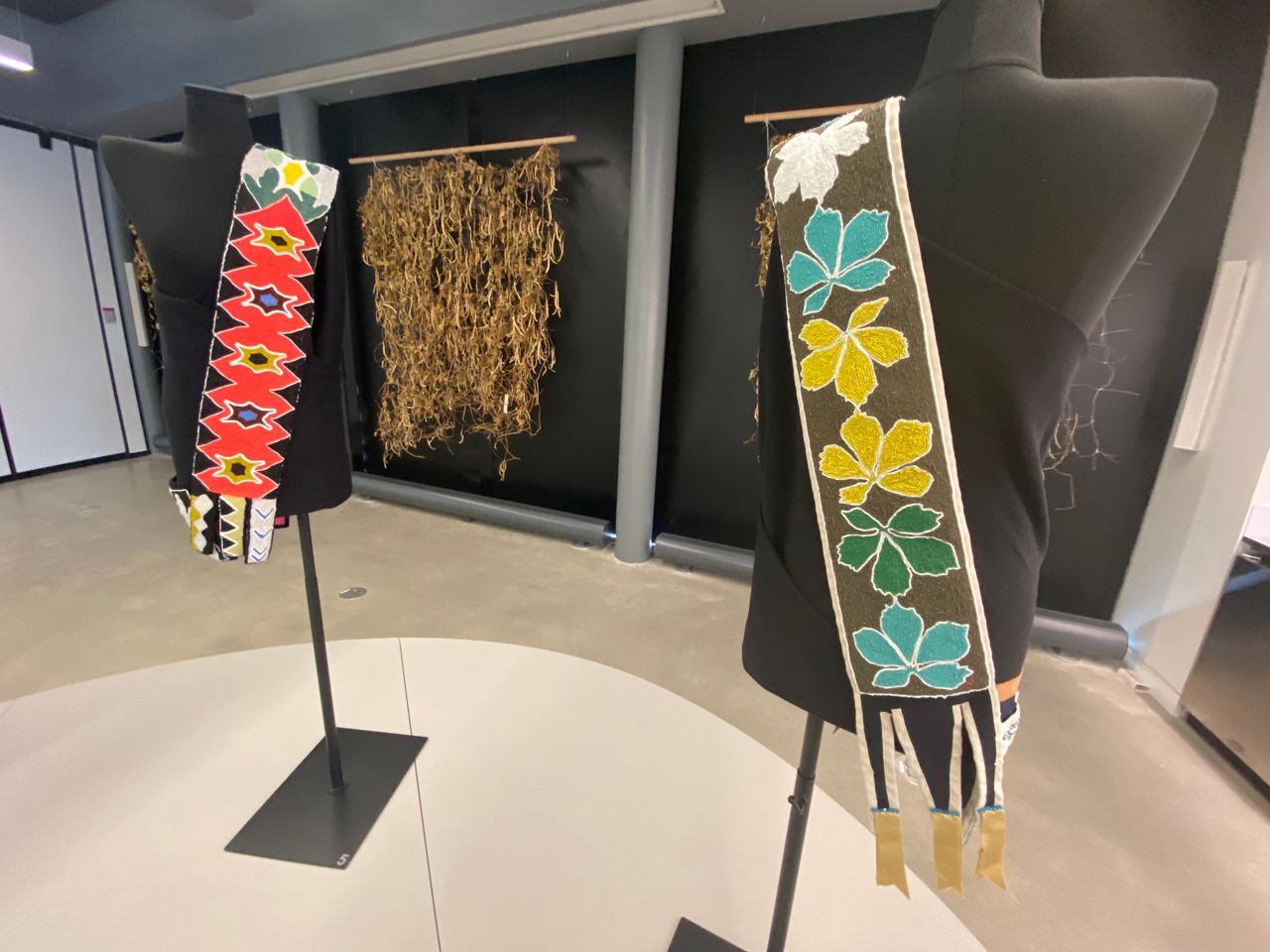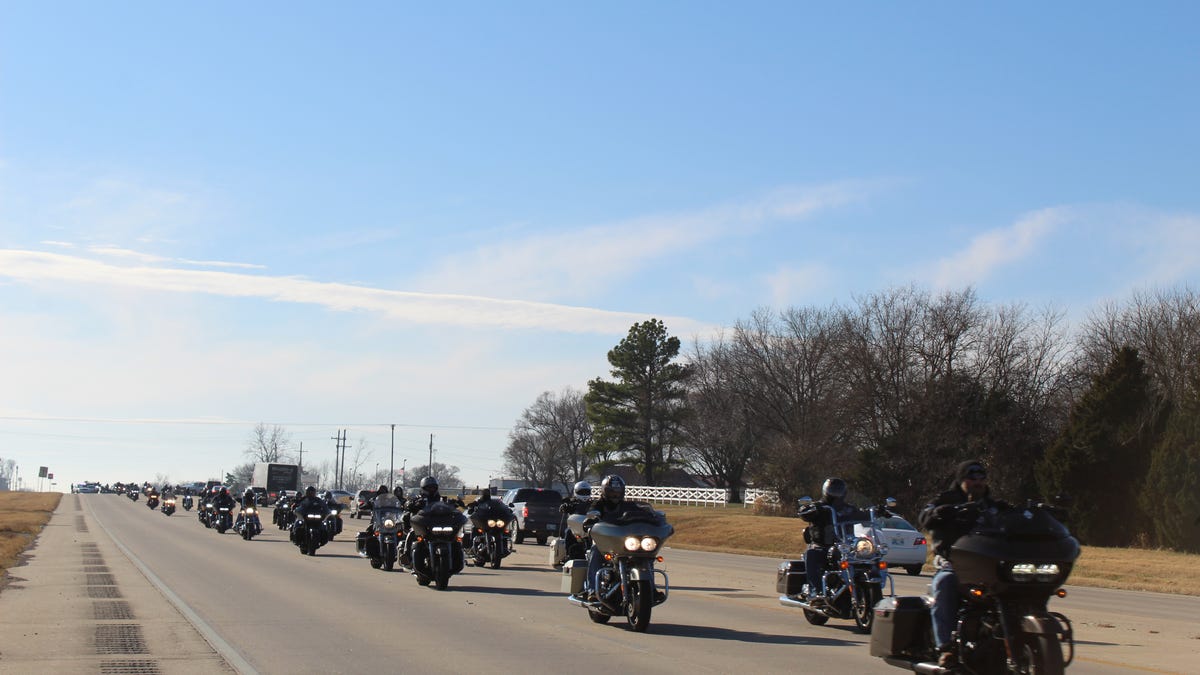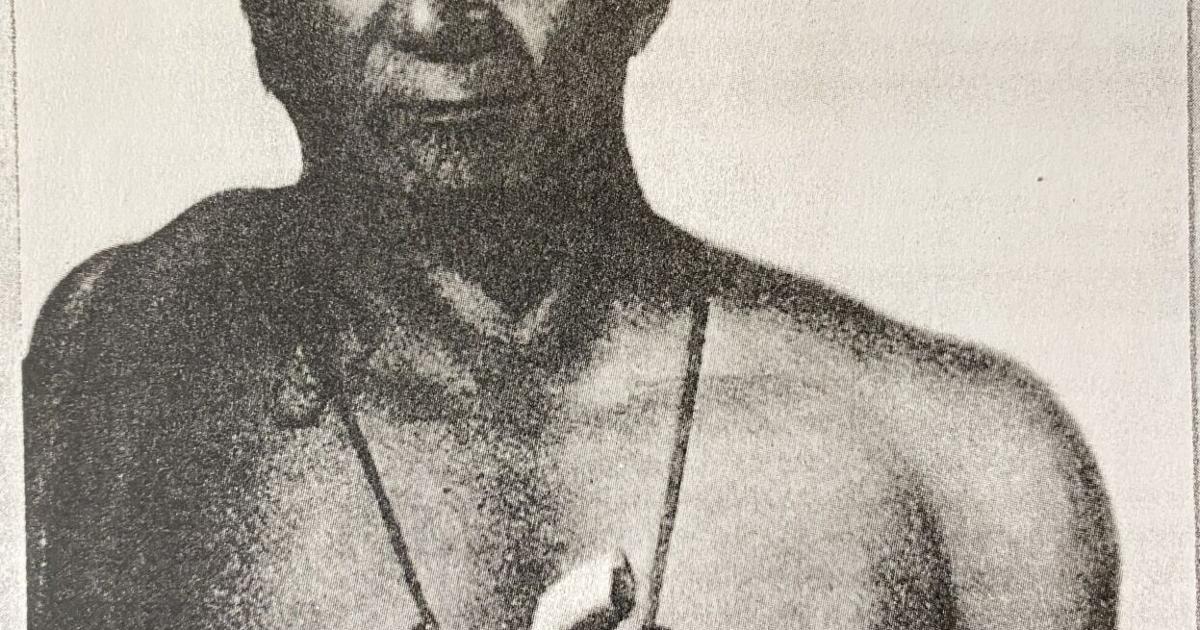He’s been The Phantom in “Phantom of the Opera.” Jean Valjean in “Les Miserables.” And Judas in “Jesus Christ Superstar.”
Now on Feb. 15, David Shannon will be Ireland’s Greatest Showman as he reprises some of his most iconic Broadway roles on the Bartlesville Community Center stage.
Presented by the Bartlesville Community Concert Association, the concert will also feature music from Elton John, Billy Joel, Ed Sheeran, Josh Groban, Frank Sinatra, Michael Buble and Frankie Valli.
Shannon has performed Broadway songs on London’s West End, Australia, and the US, and most recently starred as Kevin T. in “Come From Away,” an original West End production.
More: Delaware Tribe breaks ground on veterans wall with smoke ceremony
Born in Bishop’s Stortford, Hertfordshire, England, he grew up and went to school in Ireland where he performed in the country’s many regional theatres. His first break came at the age of 21 when he won a role in the touring production of Les Miserables in Dublin, and then traveled with the company to Edinburgh, Scotland.
Shannon’s accolades include a nomination for Best Actor at the Olivier’s (the British version of the Tony Awards) for Andrew Lloyd Webber’s “The Beautiful Game.” Recently, he released a second solo album, “Abhaile,” which showcases some of his favorite Irish songs.
For tickets to the 7:30 p.m. show, contact the BCC Box Office at 918-336-2787 or online at www.bartlesvillecommunitycenter.com. Minor students are free with a paying adult and college students are free with valid ID. Free student tickets are only available in person or over the phone.
{ link.setAttribute(‘href’, url); }); } })(); function fireNavShareAnalytics (type) { try { let analytics = document.getElementById(“pageAnalytics”), section = ga_data.route.sectionName || ga_data.route.ssts.split(‘/’)[0]; if (analytics) { analytics.fireEvent(`${ga_data.route.basePageType}:${section}:nav-share-buttons:${type}`); } else { if (window.newrelic) window.newrelic.noticeError(‘page analytics tag not found’); } } catch (e) { if (window.newrelic) window.newrelic.noticeError(e); } } ]]>
Continue reading

